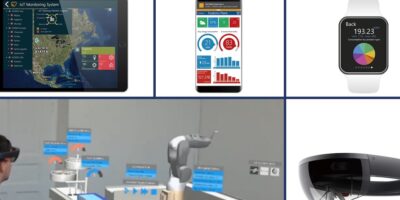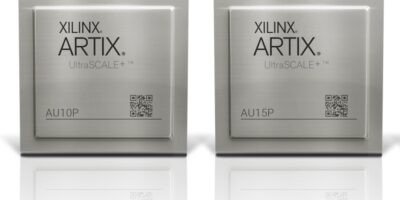Two additional types of software for system monitoring and process control have been announced by Mitsubishi Electric. Both Genesis64 releases will diversify IoT needs and cover a range of production and business intelligence monitoring and automation roles.
Complementing the existing MAPS SCADA software, the Genesis64 Basic SCADA is an entry-level software with essential functions for small production lines.
The Genesis64 Advanced Application Server is a full SCADA suite for large-scale monitoring of factories, buildings, and utilities. It can be used to create a serverless system using cloud computing, which will facilitate the construction of redundant, multi-location or other secure, large-scale systems. It can also be used to connect to wearable devices such as smart glasses and smart watches, as well as to support customers interested in introducing remote monitoring or giving work instructions remotely. The software can be operated by voice commands with the use of AI smart assistant speakers, which helps operators avoid touching the monitoring screen.
Mitsubishi Electric offers customers SCADA solutions provided by Iconics, a SCADA and IoT analysis software company acquired by Mitsubishi Electric in 2019. Customers will be able to benefit from the combination of Iconics’ software technology and Mitsubishi Electric’s Factory Automation technology spanning expanded software products and services from the edge to the cloud, for automation and process control.
Mitsubishi Electric manufactures electrical and electronic equipment used in information processing and communications, space development and satellite communications, consumer electronics, industrial technology, energy, transportation and building equipment.
Mitsubishi Electric Europe, Factory Automation EMEA has its European headquarters in Ratingen near Dusseldorf, Germany. It is a part of Mitsubishi Electric Europe, a wholly owned subsidiary of Mitsubishi Electric, Japan.
The role of Factory Automation EMEA is to manage sales, service and support across its network of local branches and distributors throughout the EMEA region.
Iconics is a global automation software provider producing industry 4.0, web-enabled OPC UA and BACnet certified visualisation, analytics, and mobile software solutions for any energy, manufacturing, industrial or building automation application. Iconics has announced the release of V10.96 of its automation software line-up, including Genesis64 HMI/SCADA and building automation suite, AnalytiX data analytics suite, Hyper Historian rapid data historian and tools, MobileHMI data mobility suite, and IoTWorX IoT connectivity suite.







